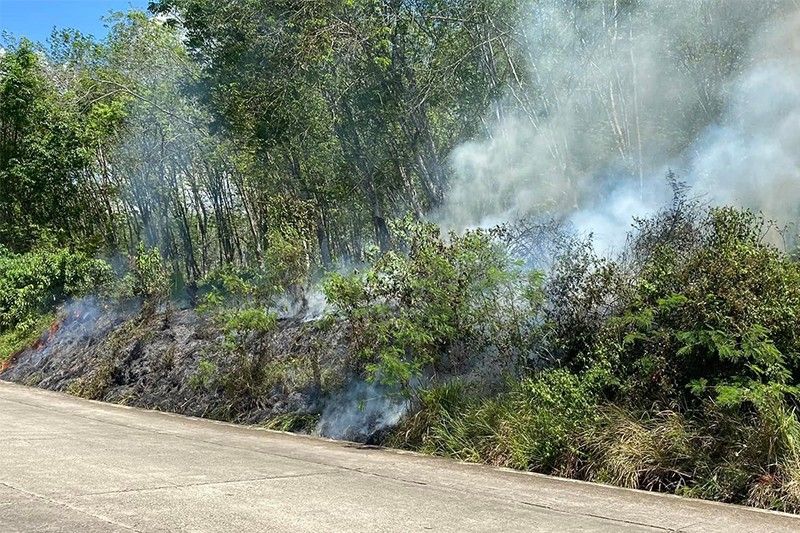Drought-stricken Basilan placed under state of calamity
John Unson – Philstar.com April 17, 2024 | 2:54pm A wildfire in Lamitan City, one of six in different areas in Basilan province in the past three weeks that razed vast swaths of grasslands, bushes and rubber plantations made dry by absence of rain since February Photo courtesy of Philstar.com / John Unson COTABATO CITY […]


John Unson – Philstar.com
April 17, 2024 | 2:54pm
A wildfire in Lamitan City, one of six in different areas in Basilan province in the past three weeks that razed vast swaths of grasslands, bushes and rubber plantations made dry by absence of rain since February
Photo courtesy of Philstar.com / John Unson
COTABATO CITY — The Sangguniang Panlalawigan in Basilan placed the entire province under a state of calamity in a session on Wednesday due to the devastating effects of the now two-month drought in the province spawned by the El-Niño phenomenon.
Basilan Gov. Hadjiman Salliman and Vice Gov. Yusop Alano separately confirmed to reporters on Wednesday that the entire province was declared under state of calamity during a session where provincial lawmakers discussed the immediate need for it, based on multi-sector recommendations.
Members of the Basilan SP also agreed to focus on essential programs to mitigate the effects of the drought on agriculture, a major source of income for residents of the 11 towns and two cities in the province.
The Basilan SP’s state of calamity declaration, premised on a study by the Provincial Disaster Risk Reduction and Management Office, will legitimize emergency fund releases by the Salliman administration for drought mitigation projects and for other essential support for affected communities.
The drought has reportedly destroyed thousands of hectares of corn and rice farms in Basilan.
Production of latex in rubber plantations in the province has also dwindled since late February due to the drought, according to mayors in the province.
There were six wildfires in different areas in the province in the past three weeks that razed no less than 500 hectares of bushlands and rubber plantations, made dry by the absence of rain since February.














